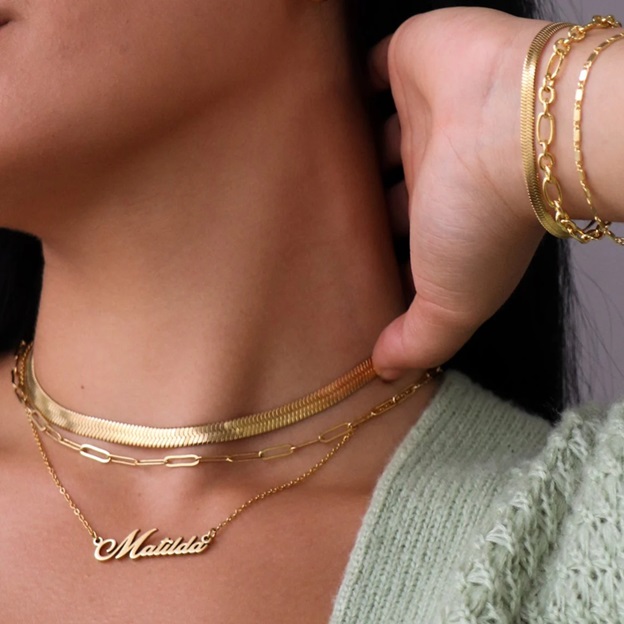India is a land of rich cultural heritage and diverse traditions. Among the myriad art forms that have flourished in this country for centuries, Bandhani holds a special place. Bandhani, also known as Bandhej or tie-dye, is an ancient Indian textile technique that involves tying fabric in intricate patterns and dyeing it to create mesmerizing designs. This traditional artistry has been passed down through generations, and Bandhani sarees, lehengas, and dupattas continue to captivate people with their vibrant colors and exquisite craftsmanship.
History and Origin of Bandhani:
The art of Bandhani dates back over 5000 years and is believed to have originated in the regions of Gujarat and Rajasthan in western India. The word “Bandhani” is derived from the Sanskrit word “bandhana,” which means “to tie.” This technique involves tying small portions of fabric with thread before dyeing it, resulting in stunning patterns and motifs.
Bandhani Artistry:
Bandhani is a labor-intensive craft that requires immense skill and precision. The process begins with the selection of fabric, typically lightweight cotton or silk. The fabric is washed and soaked in water to ensure it is free of impurities. Then, the skilled artisans mark the design on the fabric using chalk or pencil.
The tying process is the heart of Bandhani. The artisans use fine threads to tie tiny knots at various points on the fabric, securing it tightly. These knots prevent the dye from penetrating the tied areas, creating distinct patterns. The knots can be tied in different ways, including the famous “leheriya” (waves), “beldaar” (dots), “chaubundi” (four corners), and “ekdali” (single knot), among others. The placement of the knots determines the final design.
Dyeing and Coloration:
Once the fabric is tied, it is ready for dyeing. Natural dyes derived from plants, minerals, and insects are traditionally used to achieve a wide range of colors. Each color holds a specific symbolism and cultural significance. For instance, red symbolizes marriage and fertility, while yellow represents joy and prosperity. The fabric is dipped into the dye bath, and the tied portions remain untouched, absorbing the desired color.
After dyeing, the fabric is carefully rinsed to remove any excess color and then dried. The knots are untied, revealing the magical patterns that were hidden within. The tied areas retain the original color of the fabric, creating a striking contrast with the dyed sections. The resulting patterns can be elaborate, geometric, or abstract, depending on the design and technique employed.
Finishing Touches and Applications:
Bandhani fabrics are often further embellished with sequins, beads, mirror work, or embroidery to enhance their beauty. Skilled artisans meticulously handcraft these intricate details, adding a touch of glamour and elegance to the final product.
Bandhani textiles find their expression in a variety of garments. Bandhani sarees are particularly popular, draped elegantly by women across India and around the world. The vibrant colors and unique patterns make them a statement piece for special occasions, weddings, and festivals. Bandhani lehengas, with their flowing skirts and matching blouses, are a favored choice for brides and bridesmaids. Dupattas, the flowing scarves worn with traditional Indian outfits, are also crafted in Bandhani, completing the ensemble with a touch of grace.
Preserving and Promoting Bandhani:
Despite the rise of modern fashion trends, Bandhani continues to flourish as a cherished art form and a symbol of India’s rich cultural heritage. Artisans and craftsmen work tirelessly to preserve this traditional craft, passing down their knowledge and techniques to younger generations. Various organizations and government initiatives have also been launched to support these artisans, providing them with training, resources, and a platform to showcase their talent.
Conclusion:
Bandhani, with its intricate patterns and vibrant colors, stands as a testament to India’s rich textile heritage. The artistry involved in creating Bandhani sarees, lehengas, and dupattas is a testament to the skilled craftsmanship and creativity of Indian artisans. Each piece is a labor of love, reflecting the history, culture, and traditions of the regions where it originated. By appreciating and embracing Bandhani, we can contribute to the preservation and promotion of this exquisite art form, ensuring its legacy for generations to come.


